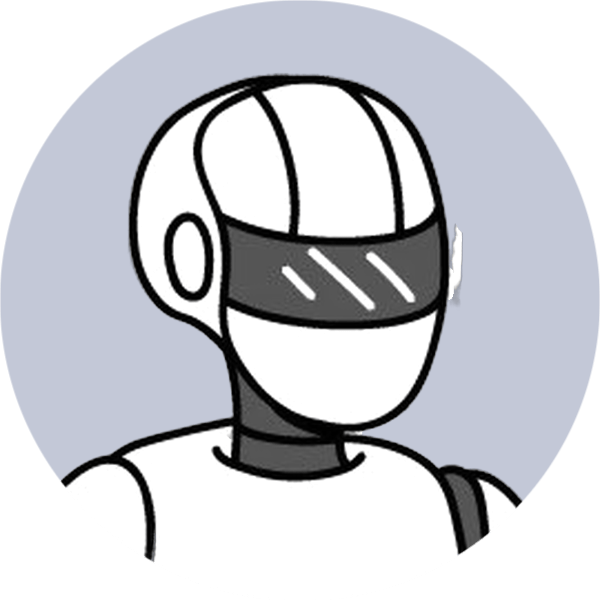
A Deeper Dive into Domain-specific LLMs
In this evolving era of artificial intelligence (AI), consumer-end generative AI tools such as ChatGPT by OpenAI, Google’s Gemini, and Microsoft’s Copilot have already made their mark. They can provide intelligent and contextually relevant responses. However, they also occasionally give out seemingly nonsensical responses to inquiries.
The main reason behind this erratic performance is the use of expansive Language Learning Models (LLMs) with countless parameters. The model searches through an ocean of data to find a contextual and intelligent response to an inquiry, or as one might say, looking for a needle in a haystack.
Industry-specific gen AI Solutions
Industries that require AI tools for domain-specialised tasks like infrastructure planning or network optimisations then face challenges as well. Whether these industries are touting their uses on conference stages or are quietly managing their workflows, the requirement is the same – efficient and consistent AI models.
The solution lies in downsizing these LLMs and focusing more on highly accurate and industry-specific data. By removing unwanted noise from the data and integrating proprietary and business-specific intelligence, organisations can utilise the power of gen AI effectively across their operations.
The Case for Smaller, Tuned AI Models
According to Ishwar Parulkar, CTO of Telecom and Edge Cloud at AWS, two critical things to remember while working with AI models are: one model does not fit all, and bigger is not always better. It’s a common misconception that the larger the number of parameters, the better is the model, but that’s far from the truth.
Smaller models, when appropriately tuned using methods like prompt engineering, retrieval-augmented generation techniques, and manual instructions, can yield better results.
The Future of Domain-Specific LLMs
Recently, leading telecom industry players such as Deutsche Telekom, e& Group, Singtel, SK Telecom, and SoftBank made a strategic move in technologically dominating the market. They announced the Global Telco AI Alliance. Through this initiative, they plan to develop telecom-specific LLMs focusing initially on digital assistants and chatbots, followed by optimisations for languages like Arabic, English, German, Korean, and Japanese.
The Role of AI in the Industrial Space
Along the same lines, companies traditionally operating in the telco industry have started digging deeper into various enterprises with services such as private networking, edge compute, and others. Prominent among them is Nokia. It has tested an industrial AI chatbot for its MXIE system, a 5G/edge bundle for industrial applications. This product utilises MX Workmate LLM, which Nokia dubs as the first OT-compliant gen AI solution.
Closing Thoughts
AI integration is becoming an unstoppable wave in the technological advancements of various industries. It states very clearly that, as with technologies of the past, if you don’t start, it never happens.
As a leading AI company, HAL149 specialises in developing and training AI-powered virtual assistants for business marketing. Our AI assistants focus on marketing and sales tasks such as lead generation, customer care, social profile maintenance, market analysis, and content generation. With our generative AI solutions and our commercial IA offer, we can help businesses to grow and be more efficient by boosting their customer acquisition, ensuring round-the-clock business availability, and providing superior online customer service. To learn more about how HAL149 can provide your business with a competitive advantage, get in touch with us today.
